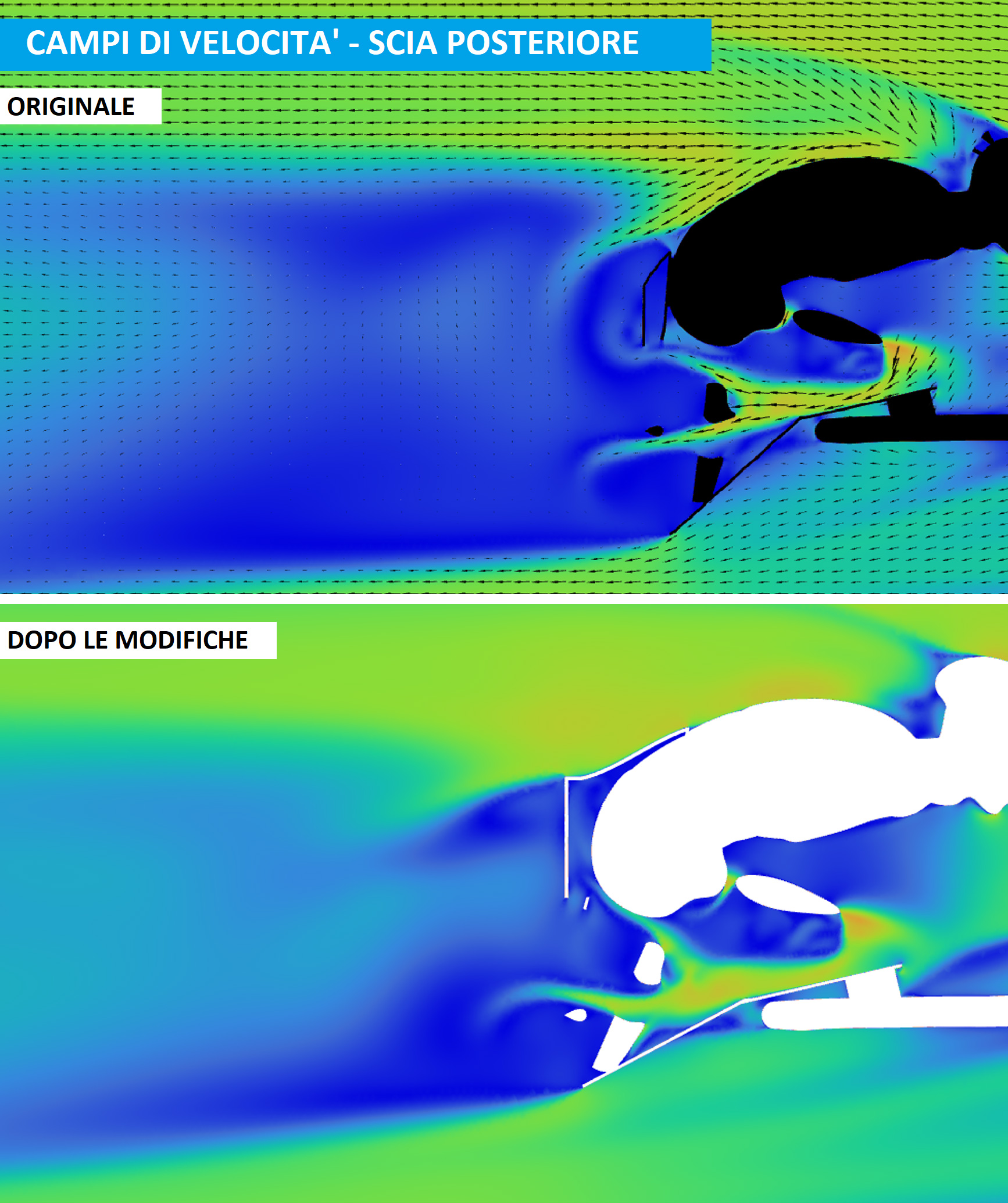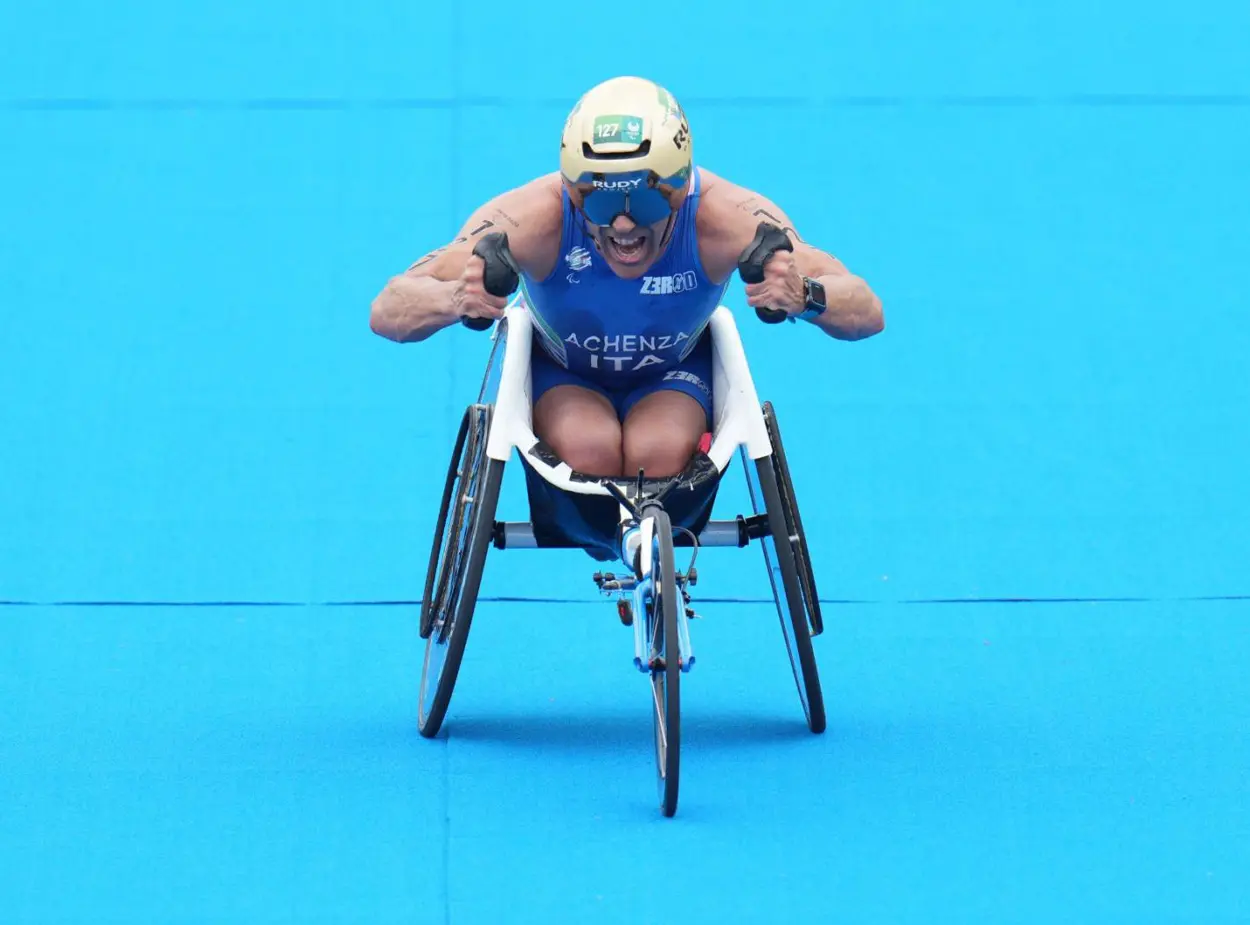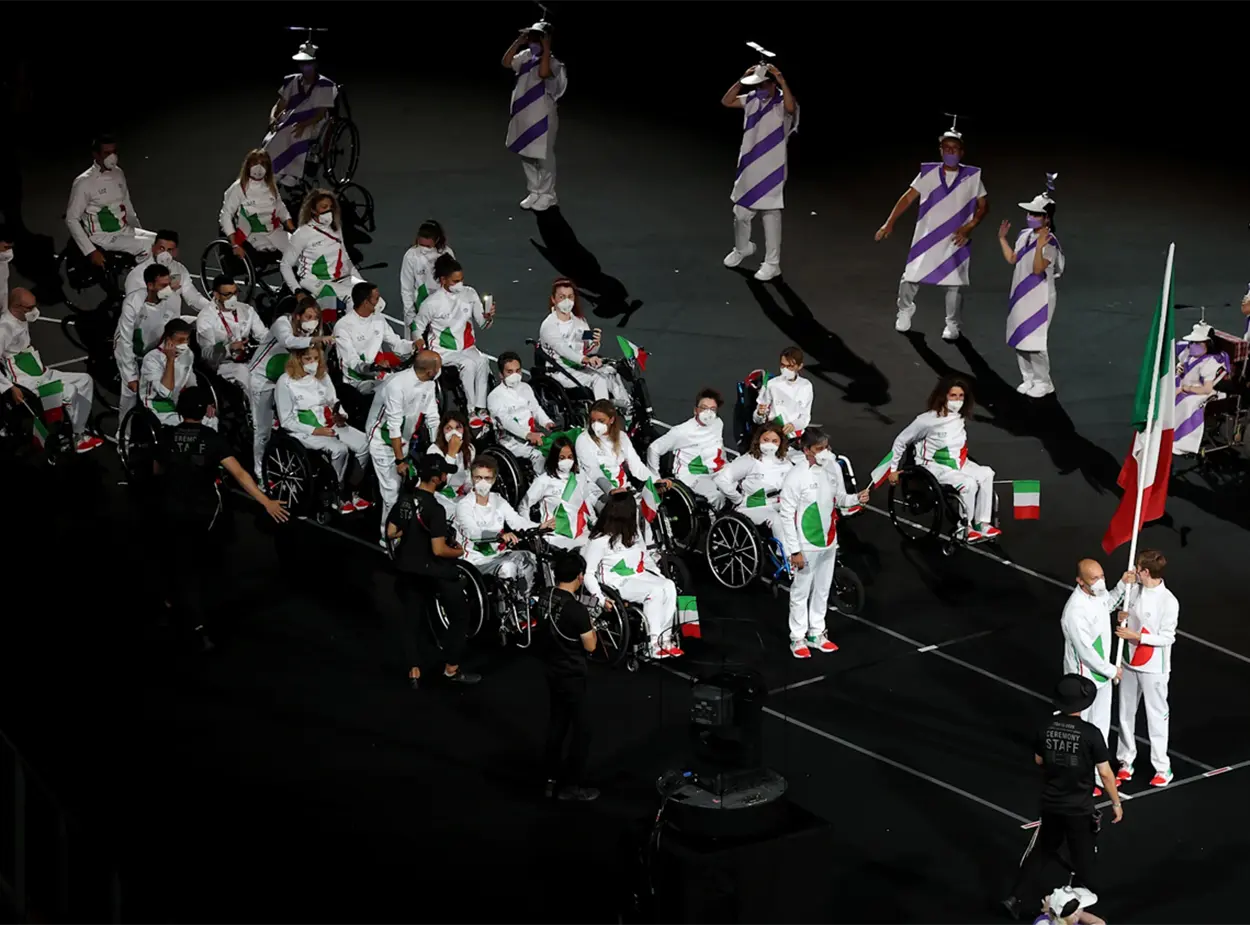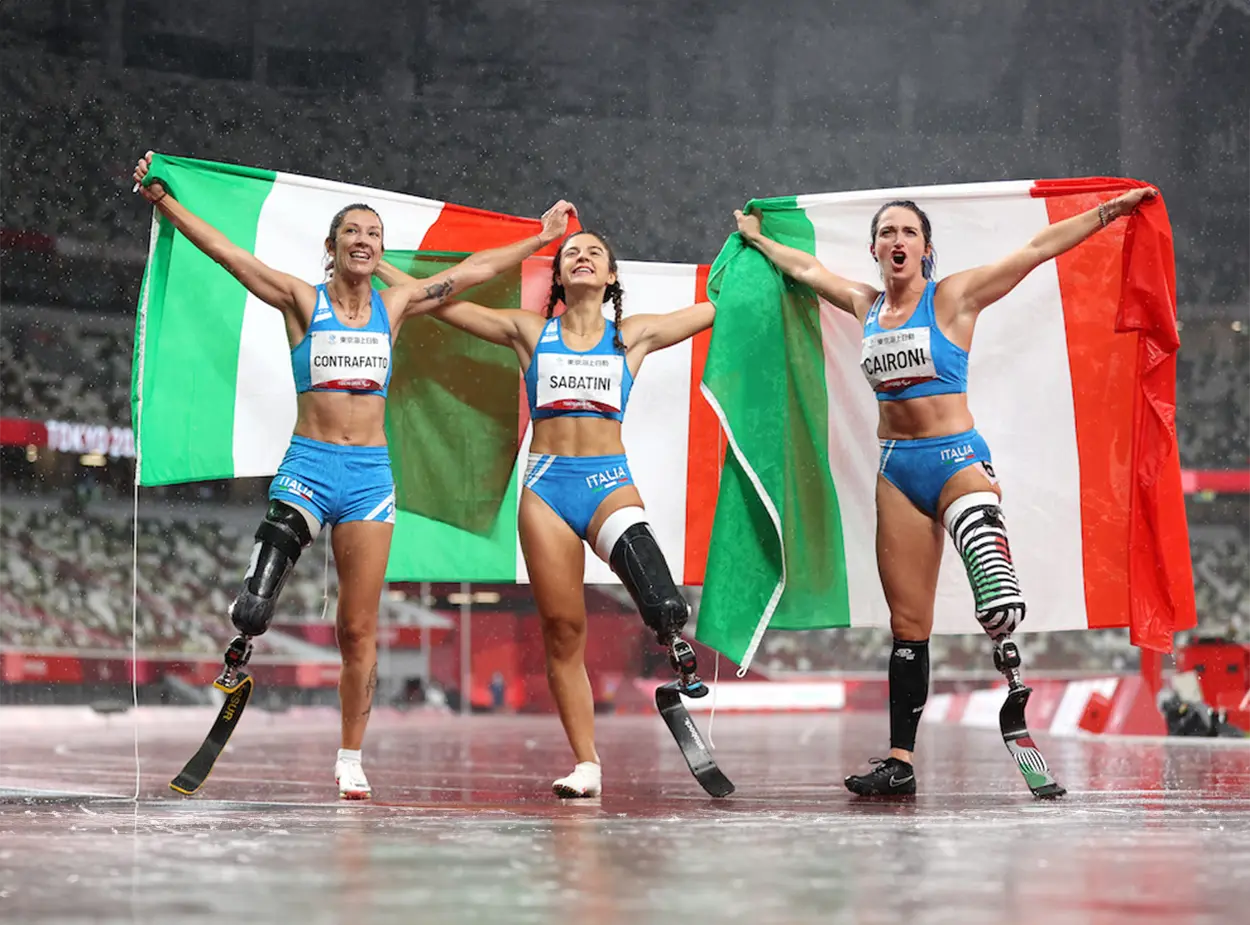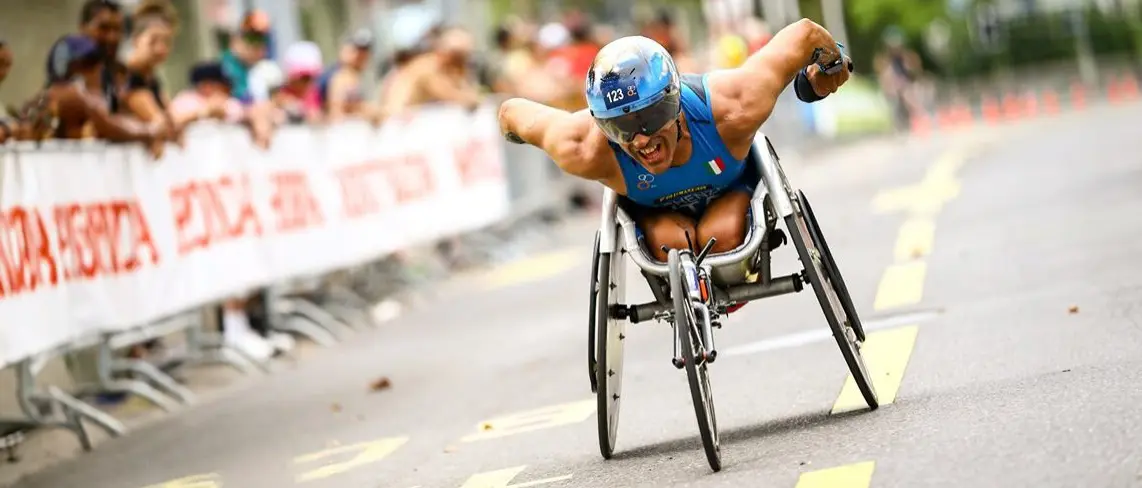
Client
CHIARATO Carbon Racing Wheelchairs
Category
CFD Aerodynamic Simulation, Structural FEM Analysis & Calculations
Tags
Fluid Dynamics, Paralympic Wheelchairs, Racing Wheelchairs, Aerodynamics
Team
Carlo Pasquinucci
Marco Simonelli
Simone Franceschetti
Davide Mavillonio
How Crucial Is Aerodynamic Simulation for Winning an Olympic Medal?
Advanced CFD Simulation for Paralympic Racing Wheelchair Design
Computational Fluid Dynamics (CFD) is widely used across various industries, but one of its most fascinating applications is in the development of Paralympic racing wheelchairs. In Paralympic athletics, where propulsion relies solely on the athlete’s physical effort without the aid of gears or transmissions, aerodynamic efficiency can mean the difference between winning gold and missing the podium.
This project, led by Simone Franceschetti in collaboration with CHIARATO Carbon Racing Wheelchairs, focused on optimizing the aerodynamic performance of a racing wheelchair.
Aerodynamic improvement
Power savings at 30 km/h
Para-Athletics: Categories and Technological Innovations
Para-athletics encompasses different categories for athletes with hearing, visual, and physical impairments. Italy celebrated a record-breaking Paralympic Games in Tokyo, bringing home an impressive 80 medals, including 14 gold. In a display of extraordinary athleticism and national pride, Ambra Sabatini, Martina Caironi, and Monica Graziana Contraffatto made history by securing an all-Italian podium in the T63 100-meter race, with the Italian flag flying high as they claimed gold, silver, and bronze. The T63 category is for athletes with above-knee amputations who use a prosthetic leg for running.
For athletes who compete without the use of their legs, specific categories (T52-54) utilize racing wheelchairs. This is where our expertise in aerodynamic simulation comes into play. Among Italy's most celebrated para-athletes is Alex Zanardi, an inspiration to many, including Giovanni Achenza, who dedicated his bronze medal in para-triathlon at the Tokyo 2020 Games to Zanardi.
Recent years have witnessed a surge in competition levels, driven by advancements in aerodynamics and the utilization of cutting-edge materials in racing wheelchair design. Zanardi, a former Formula 1 driver, pioneered the use of these technologies in para-cycling, while Swiss marathon champion Marcel Hug is renowned for his highly aerodynamic position and signature silver helmet.
To ensure fair competition and athlete safety, new regulations now govern aerodynamic devices. For instance, fairings and other elements designed solely to enhance aerodynamic performance are prohibited.
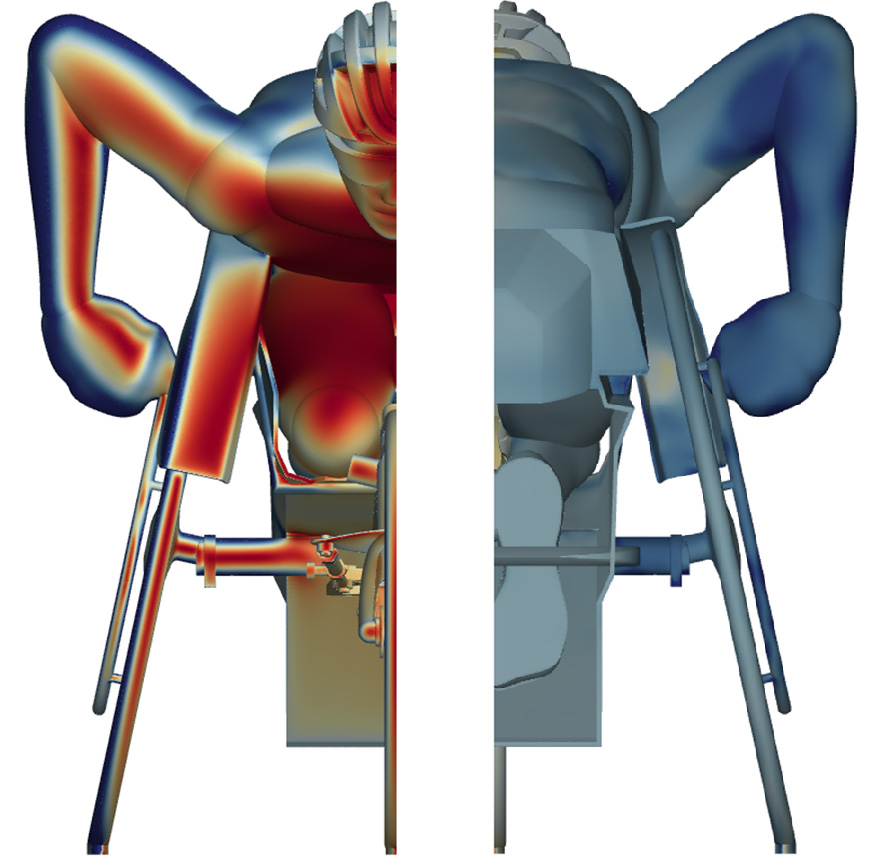
Analyzing Aerodynamic Resistance in Racing Wheelchairs
CHIARATO Carbon Racing Wheelchairs, a leading manufacturer of racing wheelchairs, partnered with Asotech to optimize the aerodynamics of its latest para-triathlon model. Using a detailed 3D model of the wheelchair and athlete, CFD simulations were conducted to identify areas of high aerodynamic resistance (drag) and refine the design.
The analysis revealed that the wake generated by the wheelchair's frame significantly contributes to total resistance, with pressure drag comprising up to 95% of the overall drag. Reducing this wake became a primary focus, while adhering to regulations and preserving the original design's integrity. Efforts concentrated on reducing pressure in the front cavity created by the athlete's body and increasing rear pressure to mitigate suction effects.
Modifications to the footrest, fenders, axle, and steering frame resulted in a substantial performance boost, decreasing total drag by over 12%. Since the wheelchair accounts for 30-35% of the overall system drag, this improvement translates into a significant competitive edge.
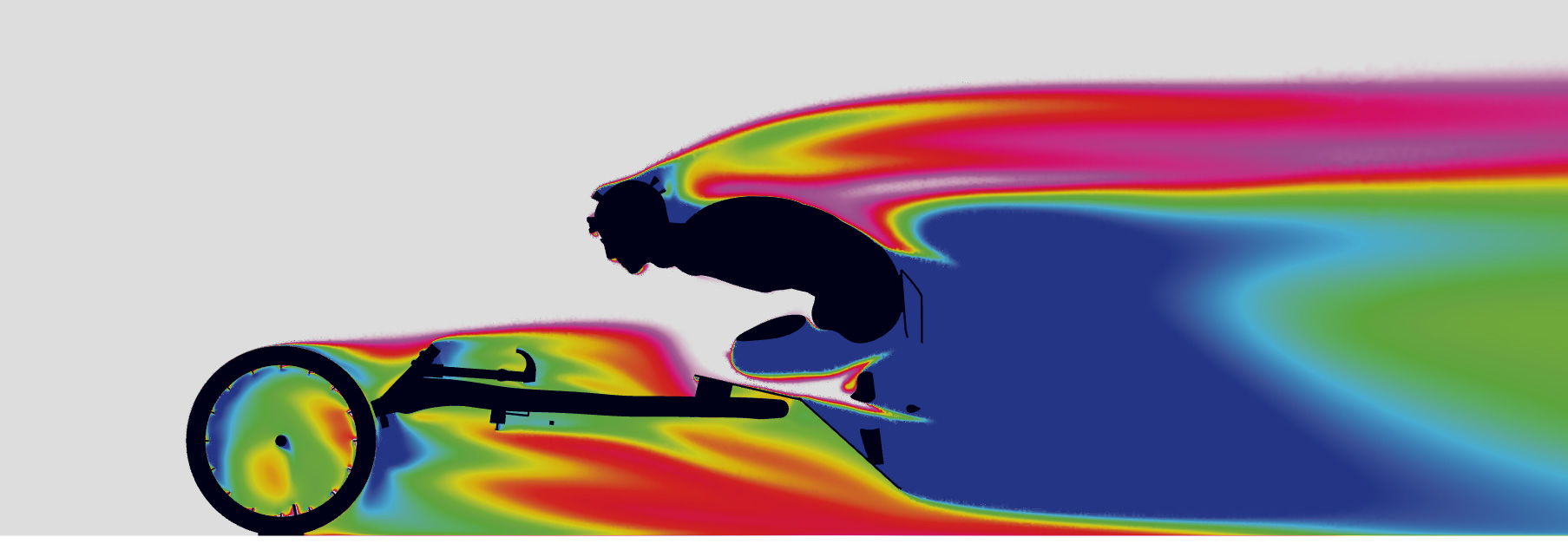
Tangible Benefits for Paralympic Athletes
In para-athletics, even small reductions in aerodynamic resistance can be game-changing, as the human-wheelchair system operates at a low efficiency (~18%).
Asotech's intervention resulted in a 12% aerodynamic improvement for the CHIARATO Carbon Racing Wheelchairs, significantly reducing drag. This optimization enables Paralympic athletes to conserve up to 60 watts of power at 30 km/h, providing a crucial advantage in high-level competitions while complying with international regulations.
